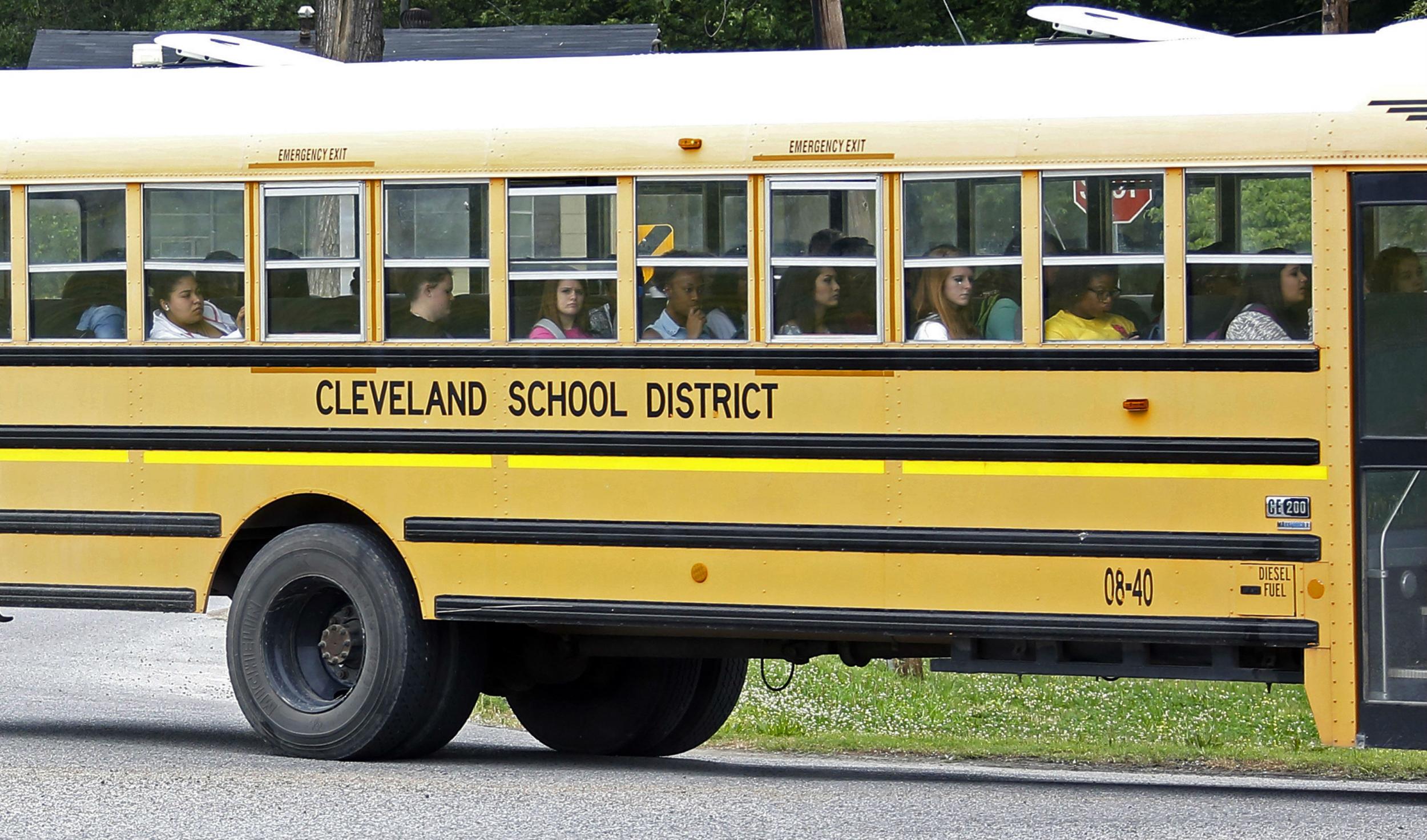Judge orders Mississippi school district to desegregate – 62 years after it was first told to do so
The legal battle over the status of the schools has gone on for decades

Your support helps us to tell the story
From reproductive rights to climate change to Big Tech, The Independent is on the ground when the story is developing. Whether it's investigating the financials of Elon Musk's pro-Trump PAC or producing our latest documentary, 'The A Word', which shines a light on the American women fighting for reproductive rights, we know how important it is to parse out the facts from the messaging.
At such a critical moment in US history, we need reporters on the ground. Your donation allows us to keep sending journalists to speak to both sides of the story.
The Independent is trusted by Americans across the entire political spectrum. And unlike many other quality news outlets, we choose not to lock Americans out of our reporting and analysis with paywalls. We believe quality journalism should be available to everyone, paid for by those who can afford it.
Your support makes all the difference.In 1954, a ruling by the US Supreme Court – Brown v Board of Education of Topeka – declared that it was unconstitutional to segregate pupils on the basis of their colour.
Yet 62 years, it seems that not everyone has got the message. Last Friday, a judge in Mississippi ordered a school district to consolidate its middle and high schools, marking the latest twist in a legal battle that has dragged on for decades.
In her judgment, Judge Debra Brown rejected a proposal from the Cleveland School District to keep both high schools open, claiming that to integrate the schools would lead to white flight. The town has a population of just 12,000.

“The delay in desegregation has deprived generations of students of the constitutionally guaranteed right of an integrated education,” the judge wrote. “Although no court order can right these wrongs, it is the duty of the district to ensure that not one more student suffers under this burden.”
Reports in the US media suggest the town of Cleveland is literally divided by geography, education and access to resources. Railway tracks separate white families, who largely live west of the tracks, from black families who largely live to the east. Currently, there is one almost entirely black middle school and one almost entirely black high school.
Vanita Gupta, head of the US Justice Department’s Civil Rights Division, said in a statement: “Six decades after the Supreme Court in Brown v Board of Education declared that ‘separate but equal has no place’ in public schools, this decision serves as a reminder to districts that delaying desegregation obligations is both unacceptable and unconstitutional.”
She added: “This victory creates new opportunities for the children of Cleveland to learn, play and thrive together. The court’s ruling will result in the immediate and effective desegregation of the district’s middle school and high school programme for the first time in the district’s more than century-long history.”
The Cleveland School District did not immediately respond to inquiries on Tuesday. Jamie Jacks, a lawyer for the district, said school board members were meeting to discuss their options.
She said board members believed they proposed constitutional options to keep open two high schools, although one local plan would have combined middle schools, according to the Associated Press.
“The district’s plans allowed for student and parent choice,” Ms Jacks wrote in a statement. “If the board appeals, it would request that the existing open enrollment plan continue while the appeal is pending.”
Merging black and white schools was a common desegregation method in the 1960s and 1970s, and the opinion is a reminder that desegregation lawsuits never ended in some places.
As recently as 2014, the US Justice Department was still a party to 43 such suits in Mississippi alone. A previous judge approved an open-enrolment plan, but the 5th US Circuit Court of Appeals ordered a more thorough examination.
Meanwhille, a report published on Tuesday by the nonpartisan Government Accountability Office found deepening segregation of black and Hispanic students at high-poverty public schools. These schools offered fewer maths and science classes, while having higher rates of students who are held back in ninth grade, suspended or expelled.
“Segregation in public K-12 schools isn't getting better. It's getting worse, and getting worse quickly,” Congressman Bobby Scott of Virginia said. The analysis, he said, confirmed that America's schools were largely segregated by race and class, leaving more than 20 million students “attending racially and socioeconomically isolated public schools.”
Join our commenting forum
Join thought-provoking conversations, follow other Independent readers and see their replies
Comments